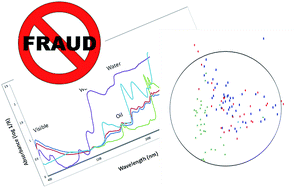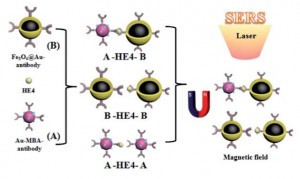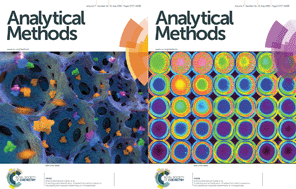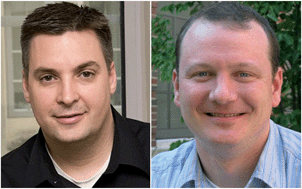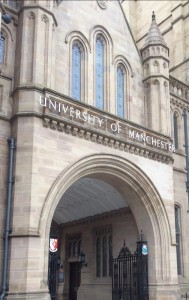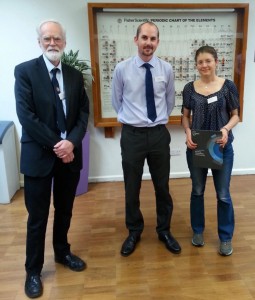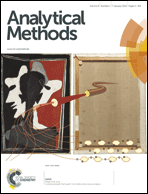The 5th Workshop on Microfluidics was held on the
National Center for Research on Energy and Materials (CNPEM) in Campinas, Sao Paulo (Brazil), from July 23-24, 2015. Since 2011, the workshop has brought together young students, researchers, and companies from different states of Brazil to discuss topics related to fundamentals, fabrication technologies, innovations, and applications in microfluidic science. This field has been spread out around different regions of Brazil presenting outstanding contributions for microfabrication and microfluidic technologies.
The event was supported by the Royal Society of Chemistry (RSC) for the third time. Representing the scientific board of the V Workshop on Microfluidics, Prof. Charles Henry from Colorado State University, USA, presented the awards to the three best works which were awarded by the RSC .
Analyst Award was awarded to Eduardo L. Rossini, from Universidade Estadual Paulista, Araraquara (Brazil), for the work “Simultaneous determination of uric acid and creatinine using μPAD”. Furthermore, Roger Cardoso Moreira, from Universidade Federal de Goiás, Goiânia (Brazil), received the Analytical Methods Award for the work “Adaptation of a commercial electrophoresis system for quaternary amines separation in microchips”. Lastly, the Lab on a Chip Award was given to Houari Cobas Gomez, from Instituto de Pesquisas Tecnológicas, Sao Paulo (Brazil), for the work “3D focalization LTCC microfluidic device for nanoparticle synthesis by nanoprecipitation”.
On behalf of the organizing committee, I would like to thank the support received from the RSC.
Sincerely yours,
Angelo Luiz Gobbi
Microfabrication Laboratory – LNNano

Opening of the V Workshop on Microfluidics, Prof. Carlos Alberto Pacheco (general director of CNPEM) and Prof. Osvaldo de Oliveira (IFSC-USP) on microphone.
Analyst Award was granted to Eduardo L. Rossini, from Universidade Estadual Paulista, Araraquara (Brazil), for the work “Simultaneous determination of uric acid and creatinine using μPAD”. Others are: Prof. Charles Henry (Colorado State), Prof. Alberto Fracassi (UNICAMP) and Angelo Gobbi

Roger Cardoso Moreira, from Universidade Federal de Goiás, Goiânia (Brazil), received the Analytical Methods Award for the work “Adaptation of a commercial electrophoresis system for quaternary amines separation in microchips”. Others: Prof. Charles Henry (Colorado State), Prof. Alberto Fracassi (UNICAMP) and Angelo Gobbi (LMF/LNNano)

Lab on a Chip Award was given to Houari Cobas Gomez, from Instituto de Pesquisas Tecnológicas, Sao Paulo (Brazil), for the work “3D focalization LTCC microfluidic device for nanoparticle synthesis by nanoprecipitation”. Others: Prof. Charles Henry (Colorado State), Prof. Alberto Fracassi (UNICAMP) and Angelo Gobbi (LMF/LNNano)
Comments Off on 5th Workshop on Microfluidics
 Researchers in the US have punctured the appeal of prohibited tyre softening agents, marketed to racing teams as ‘undetectable’, by releasing a method for identifying them. The technique has already detected banned substances in 10 of 71 real tyre samples from competitors in United States Auto Club (USAC) races.
Researchers in the US have punctured the appeal of prohibited tyre softening agents, marketed to racing teams as ‘undetectable’, by releasing a method for identifying them. The technique has already detected banned substances in 10 of 71 real tyre samples from competitors in United States Auto Club (USAC) races.













